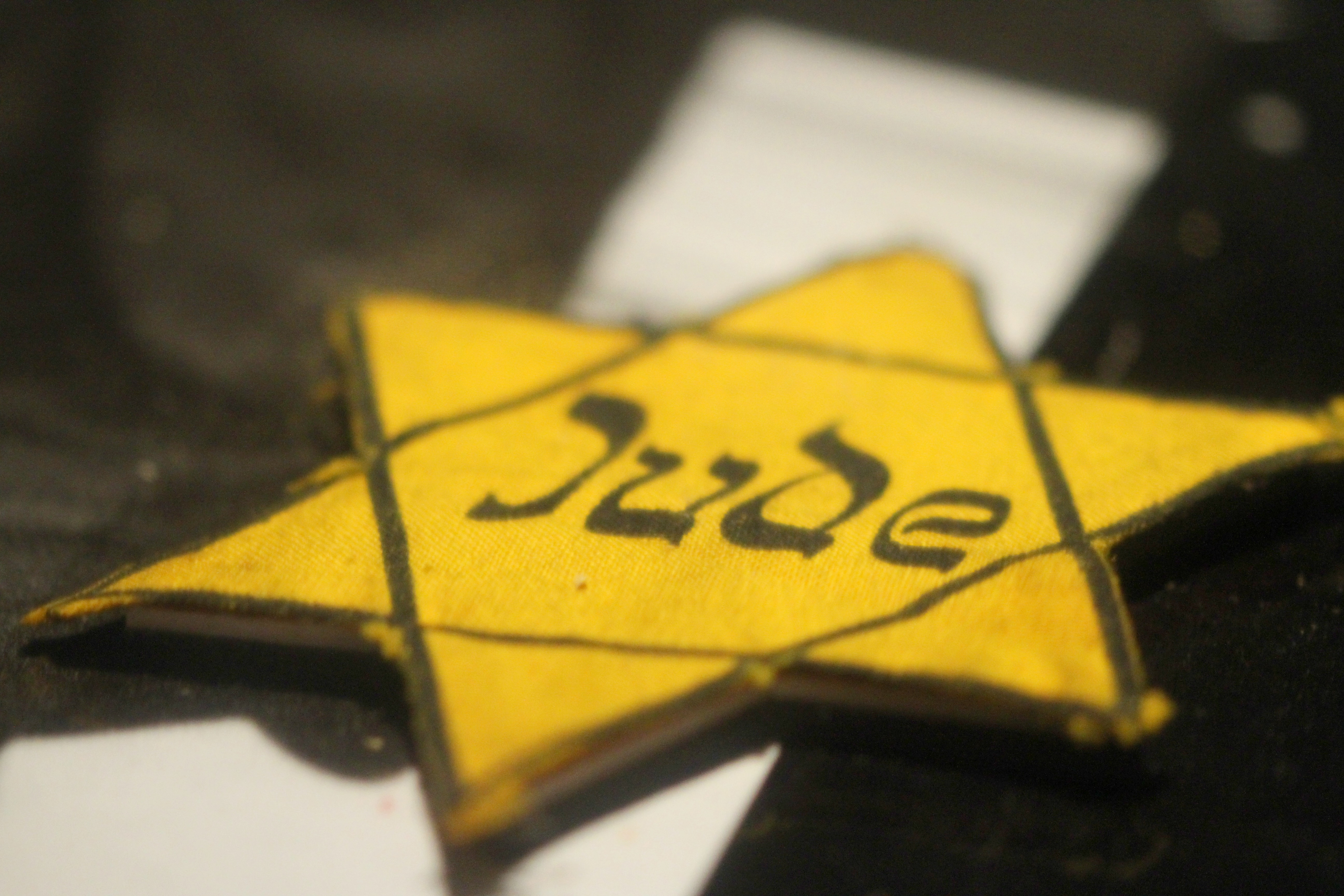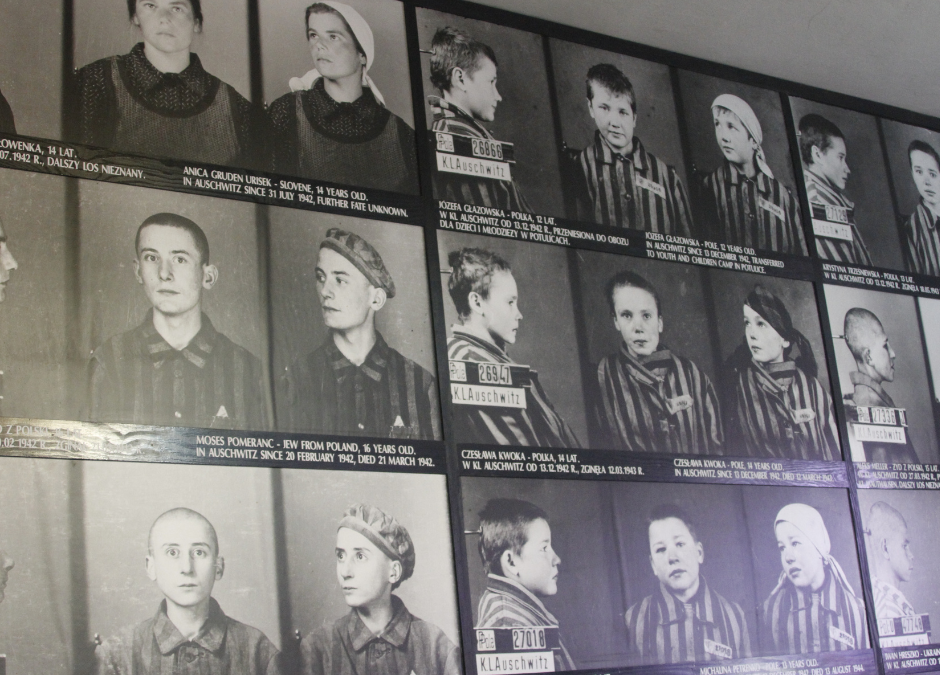This blog post is adapted from a powerful reflection given by Rabbi Debbie Reichmann on January 26, 2025, in honor of International Holocaust Memorial Day.
Do you recognize these symbols?

These symbols are instantly recognizable to most of us, and each one immediately brings a specific company to mind. But beyond their logos, these symbols often evoke feelings or reactions.
The Golden Arches might make you think of your next meal.
The Nike swoosh encourages you to ‘just do it.’
The Shell logo might prompt a quick check of your gas tank.
And the Apple logo could spark a sense of urgency: ‘Do I have any messages I need to check right now?’
Symbols have power—they represent something larger and evoke emotions, associations, and meaning in our minds.
Each of these symbols represents something, evokes something and is associated with something in our minds. Some symbols evoke pride, some evoke sadness, others we see as aspirational, others revolting. That’s the power of symbols. They make the viewer feel things. They assign qualities those who claim them as their own, they derive meaning from their usage over time.
Fun fact: the oldest and most continuous representation of Judaism is not the Magen David, the star of David. It is the menorah. The one that is described in Exodus, the one we talk about in the Chanukah story, the one carved into the Arch of Titus in Rome. For eons that was the primary symbol of Israel and its people.
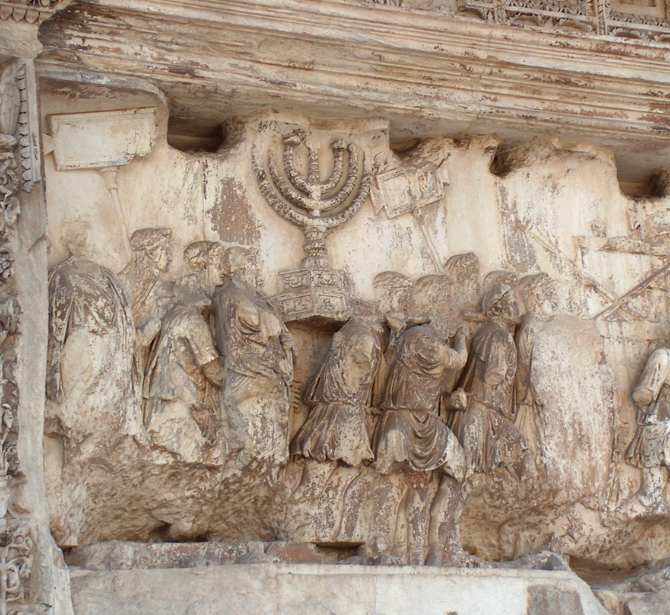
When I visited Ephesus, the ruins of an ancient Greek town, on the Turkish coast of the Aegean Sea, I saw a crudely etched menorah in one of the walls. It was historical graffiti, someone saying “A Jew was here.”
Other ancient symbols for Israel included the Lion of Judah, the Ten Commandments, the breastplate of the high priest with the 12 tribes, and the Torah.
The Magen David, literally shield of David, was among these other symbols of Judaism, but never particularly prominent. In part, because as a basic geometric symbol it was found in dozens of other cultures, and had many different meanings.
It started rising in prominence during the last 600 years starting in Central Europe, and was cemented as the leading Jewish symbol in Prague in the 1600s. The Jewish community in Prague at that time had a fair amount of liberty and protection by the state, and were granted the right to adorn the buildings in their ghetto with the mark. From there it spread to the rest of Eastern Europe and surpassed all the other symbols associated with Judaism.
From the beginning of its modern usage in the 17th Century the Star of David had a mixed message. Many ghettos and Jewish quarters of European cities were mandated to have these symbols carved or painted on their buildings, marking the borders of the spaces where Jews were allowed to live. It was a mark of “otherness,” and a constant reminder that Jews were not first class citizens of that place. On the other hand, it evoked pride and love among Jews and when traveling a sense of familiarity and welcome. Its use became part of artistic and architectural motifs, Jewelry and other adornments used the symbol, and it started to be found in the places we are accustomed to seeing today.
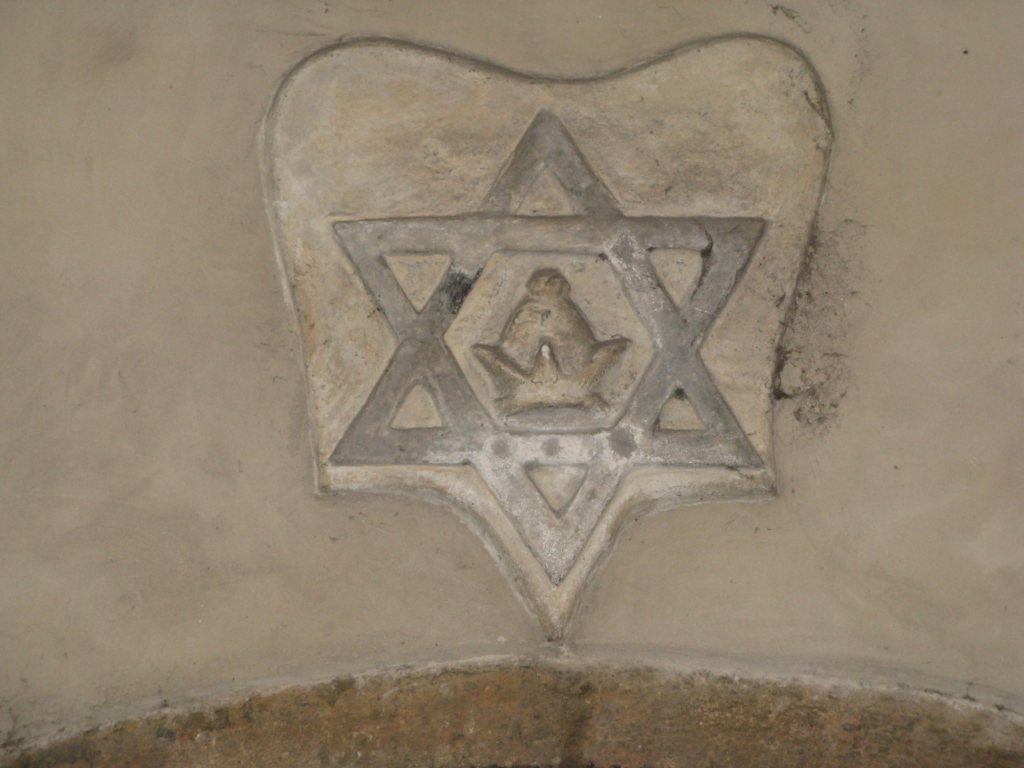
It was precisely because of these properties, those of Jewish pride, welcome, and history that the Nazi’s tried to subvert it by choosing it to be the identifying mark of Judaism. They reasoned that by making all Jews announce their religion, their “otherness,” their inferior status, they would subvert the symbol. They intended that the star become reviled and shameful, to stigmatize and humiliate, and of course it made it easier to identify and control the Jewish population.
But, I ask you. Did it work? I mean, obviously, it served the purposes of identification and separation, but did it ever become a symbol the symbol of shame that the Nazi’s intended it? For a while it represented oppression and danger, but the narrative of dehumanization and stigma didn’t stick. In fact, the Magen David was embraced as the symbol of resistance and resilience. Today, it symbolizes Judaism more completely than any other symbol, and its most salient resonances are with tzedek, justice, chesed, loving-kindness and tikkun olam, repairing the world.
But, also today, it once again can feel dangerous to wear it in public. Not here, not with this community. Not really here in this part of Maryland, either. But, I’ve heard from many college students who make sure to tuck it in to their collars, or not wear it, so as not to be visibly Jewish. When I see it in cartoons, I look twice to see how it is being used, what it represents. It is the central symbol on the flag of Israel, once a unifying icon, now a divisive one, even (or maybe especially) among Jews.
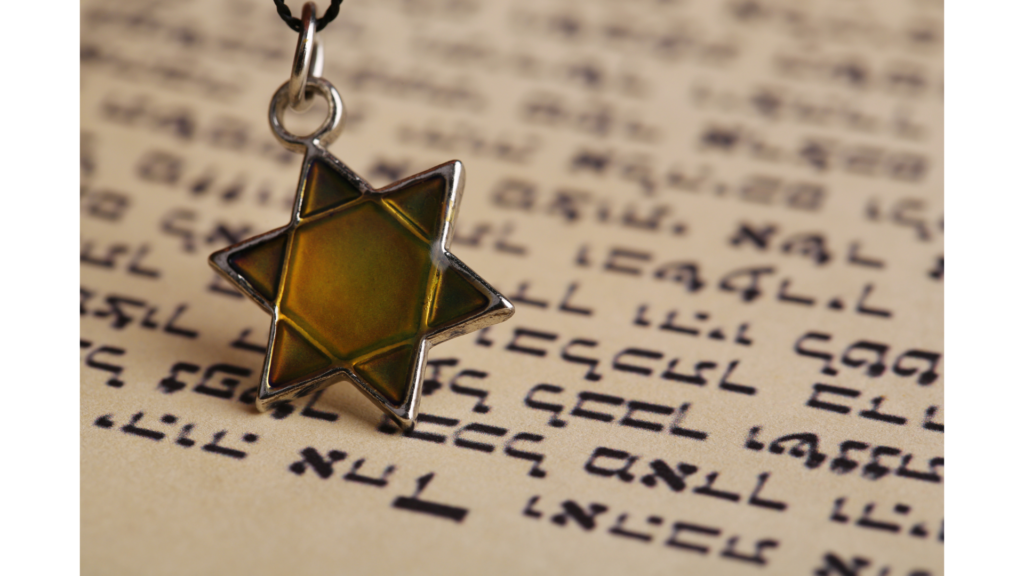
This duality of meaning is hardly new. Symbols gain and lose meanings over time, and like it or not, we must see those meanings. The good and the bad. I am proud of being Jewish, and to me the Magen David is all of those positive things I just mentioned. But, for every person who chooses not to wear one publicly, not to associate with it, I say to them: I get it. The world is complicated, and each of us has to navigate our path to the best of our ability.
I also take hope in the fact that the Star of David has withstood many efforts to twist it into something disgraceful and disgusting. In the end, it is a symbol of hope, a symbol of strength, a symbol of resilience.
